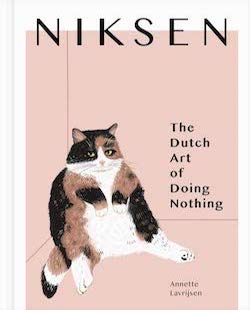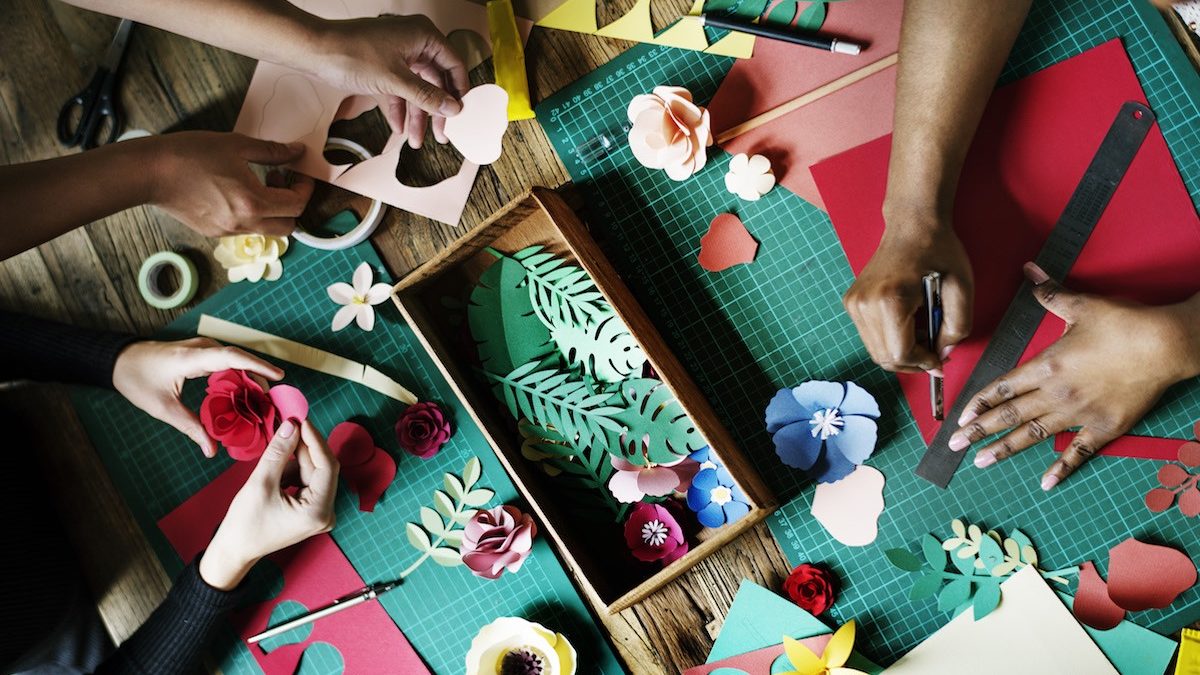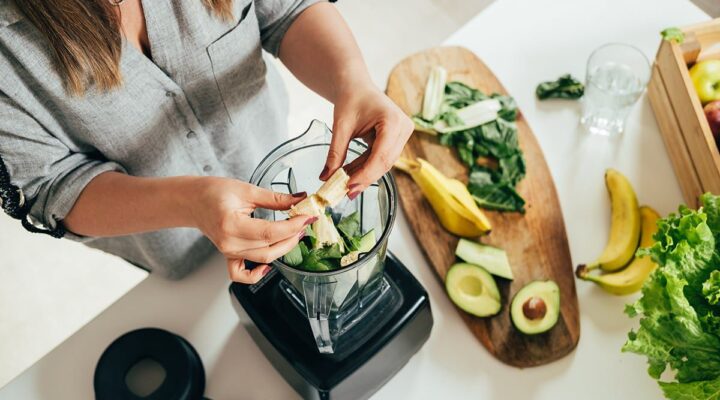Everything You Need To Know About Niksen: The Dutch Art of Doing Absolutely Nothing

2020 gave us a lot of extra time on our hands. If you weren’t setting up an online business or learning to code, you might have been working on your CV or fantasising about making a start on writing a best-selling novel. As Twitter regularly reminded us, Shakespeare allegedly wrote King Lear while in isolation.
Here’s the catch though: hustle culture might not be so great for your mental health. Recent statistics from the Mental Health Foundation have found that more of us are struggling to cope with stress than we were at the beginning of the pandemic, and more than half of adults say their mental health has got worse since restrictions came into place.
As we look towards a fresh year with similar social distancing measures in place, the idea of slurping down coffee and overloading yourself with more tasks than is humanly possible feels pretty unappealing. If you’re really looking to truly thrive through lockdown limbo land, it might be time to draw up some divorce rules with your laptop and finally stop forcing yourself to be productive. That’s where Niksen comes in: the Dutch art of doing nothing.
What Is This Niksen All About Then?
The Dutch verb, translating literally as ‘to do nothing’, Niksen is the latest buzzword trend to emerge from those uber-cool countries in Northern Europe. Cast your mind back to a few years ago as Scandophiles went wild for Hygge, the Danish concept that made sticking on cashmere socks and staying-in cool. Then there was Lagom, the Swedish word for striking the perfect balance between work and play.

Niksen is a bit different though because it’s all about doing away with the stressful schedule entirely and enjoying the liberating feeling of doing tasks without purpose. “It’s a means of resisting our always-on culture,” explains author Annette Lavrijsen, who has just published a book on the topic called Niksen: The Dutch Art of Doing Nothing (Little Brown Book Group, £12.99)
“The Dutch lifestyle concept, which has been around for a few years now, is all about prioritizing yourself and getting out of productivity overdrive. Essentially, you stop trying to optimize every single moment, and instead spend your time on the things that truly matter to you.”
Our day-to-day lives might feel like they’ve slowed down recently, but with 74 percent of British adults saying they feel unable to cope due to stress, life is silently more hectic than ever. Lavrijsen says that even our downtime pursuits – like digesting a much-talked-about TV series – can feel like something else to tick off. Instead, she believes you might find more mindfulness in a Niksen activity, like daydreaming out of the window, idly wandering on a walk, or even mindlessly scrolling through Instagram.
Whatever your chosen form of nothingness might be, Lavrijsen says it’s all about enjoying that restorative hour or two unhindered by feelings of guilt, or thoughts about all the things we should be doing instead. Hashtag, no FOMO allowed.
What Are The Benefits Of Practicing Niksen?
From improved focus, self-confidence and sleep, to higher self-awareness and reduced anxiety, Niksen has been anecdotally linked with restorative benefits similar to mindfulness, just with less effort.
As Lavrijsen explains: “The pandemic has messed with our work-life balance. For many of us, a large part of our work, and even our social life, has been moved to the screens of our laptops and phones. We seem to have forgotten how to sit still with our own thoughts, and this makes it more important than ever to allow ourselves a daily dose of pause.”
“Remember that our brain can’t be on at all times,” she continues. “A healthy brain needs both ups and downs, the contrasts between doing and not doing.” When our bodies are exposed to excessive and prolonged stress, we’re at risk of encountering burnout – a state of emotional, physical, and mental exhaustion that was officially recognised as a chronic health illness by the World Health Organisation last year.

As well as keeping your mind in balance, experts suggest that Niksen can also help us incubate new ideas too. “It fosters creativity,” says professor Ruut Veenhoven, a Dutch sociologist and a world authority on the scientific study of happiness. Veenhoven founded The World Database of Happiness, a collection of happiness findings from decades of research.
“When your thoughts are free-flowing and not focusing on a particular thing, you typically get the ideas you couldn’t find when you were staring at a computer, feeling frustrated,” he explains. Many great writers and inventors throughout history have talked about tapping into this incubation idea to find creative solutions, like Alexander Graham Bell and Lewis Carroll.
For a lot of people, this concept might be quite difficult, but there are ways to help yourself lean into the trend, and while Veenhoven says that there is no peer-reviewed research that suggests Niksen can benefit you, there are plenty of conclusive studies on the powerful effects of meditation, which shares similarities.
Plus, he adds that there’s no harm in trying it out if you’re curious. “In happiness research, there’s a larger wisdom in finding the way of life that fits you through a process of trial and error,” says Veenhoven. During the depths of January, you might thank yourself for an excuse to stop what you’re doing and finally switch off.

How Can You Learn To Slow Down?
Journal your thoughts
If you’re used to doing something all the time, it may feel awkward to journal at first, says Lavrijsen. “Our head can sometimes feel like an internet browser that has more tabs open than can fit on the screen,” she notes. “If your timeout is constantly interrupted by internal chatter, write down your worries and concerns. Don’t keep everything stored in your brain.”
Get outside
To tap into a meditative state, take an easy walk in nature without your phone. “Our senses are great tools with which to get deeper into relaxation,” says Lavrijsen. “A great Niksen activity is to lay flat on your back and watch the clouds float by, while your mind floats away from your day-to-day-concerns.”
Take up crafting
If you find it difficult to relax without any external stimulation, you could also try semi-automatic activities that turn your hands and attention to something other than work. Lavrijsen suggests knitting or quilting as helpful options.

Take a hard look at your schedule
Timeouts can actually make us think more clearly and be more productive. Before you can start Niksing, Lavrijsen says you need to get your priorities sorted – and that starts with blocking out proper free time.
Let your practice evolve into an attitude for life
Niksen’s true potential lies in the small pauses of everyday life. “Don’t put too much pressure on yourself to relax by waiting until the weekend or your summer holiday, knowing that this is your only opportunity,” stresses Lavrijsen. The trick, it seems, is little and often. Making Niksen part of your day-to-day-routine is the key to keeping your mind, body, and spirit in balance.


















